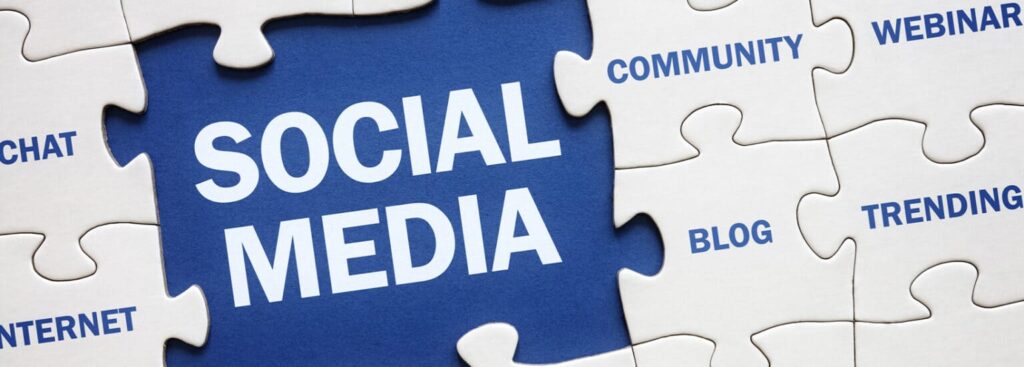Why Your Last Social Media Campaign Failed

Have you found that using social media marketing to grow your business is proving to be difficult? You’re not alone. In fact, research shows that around 60% of small businesses are disappointed with the results of their social media marketing. Let’s dive into 6 reasons why your last social media campaign failed and how you can fix it for […]
